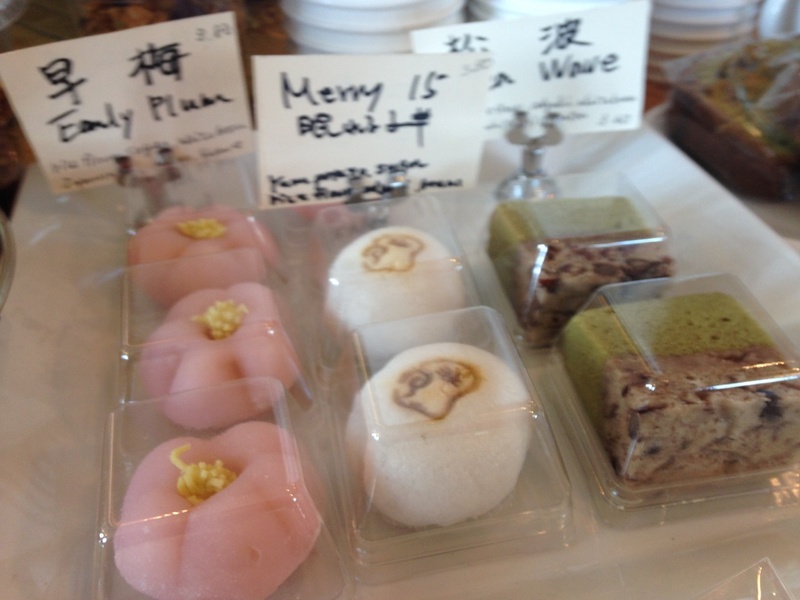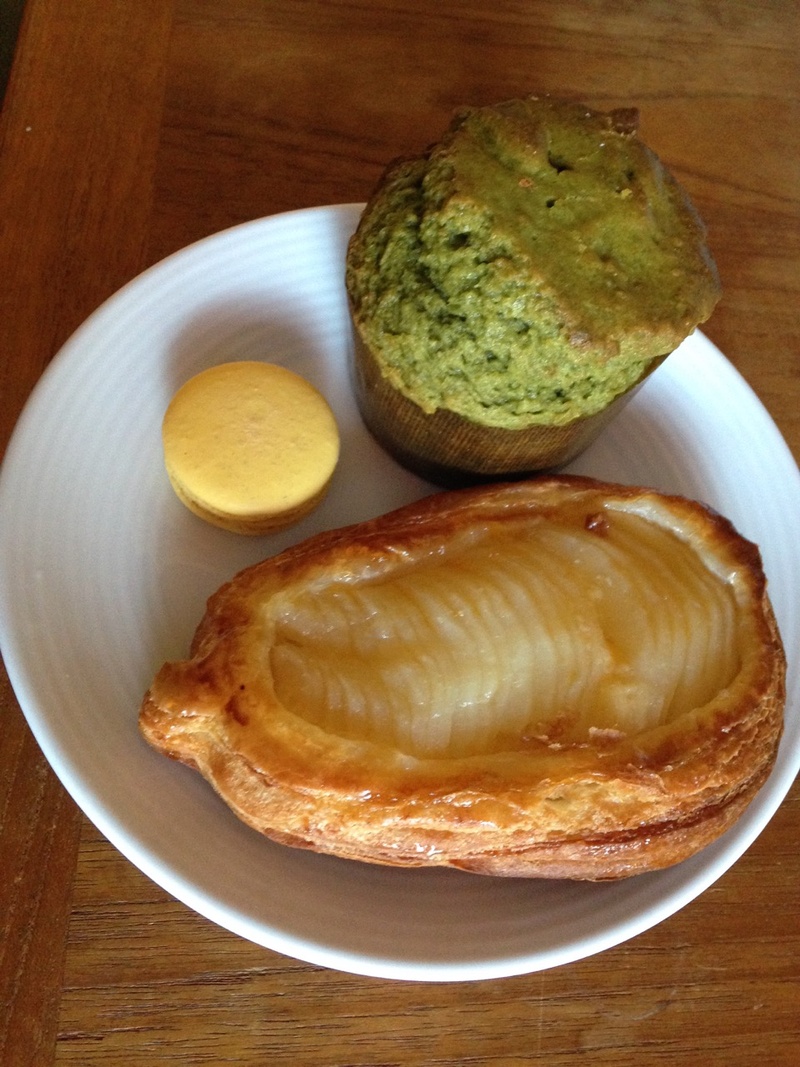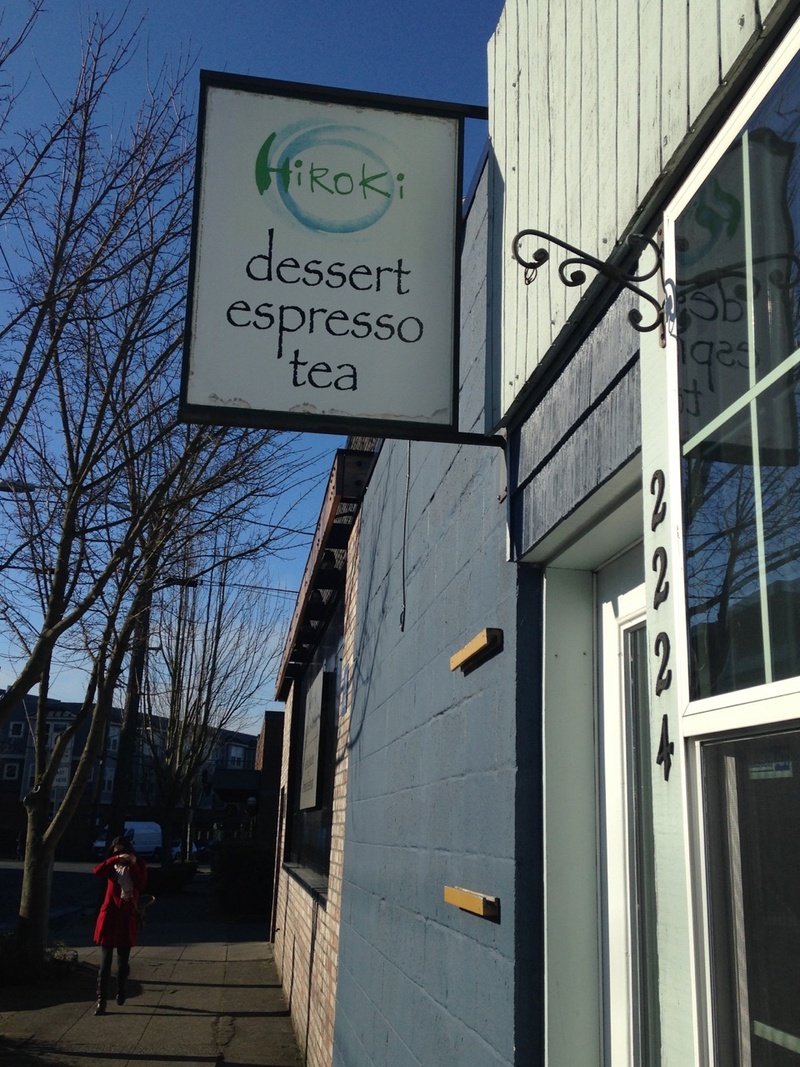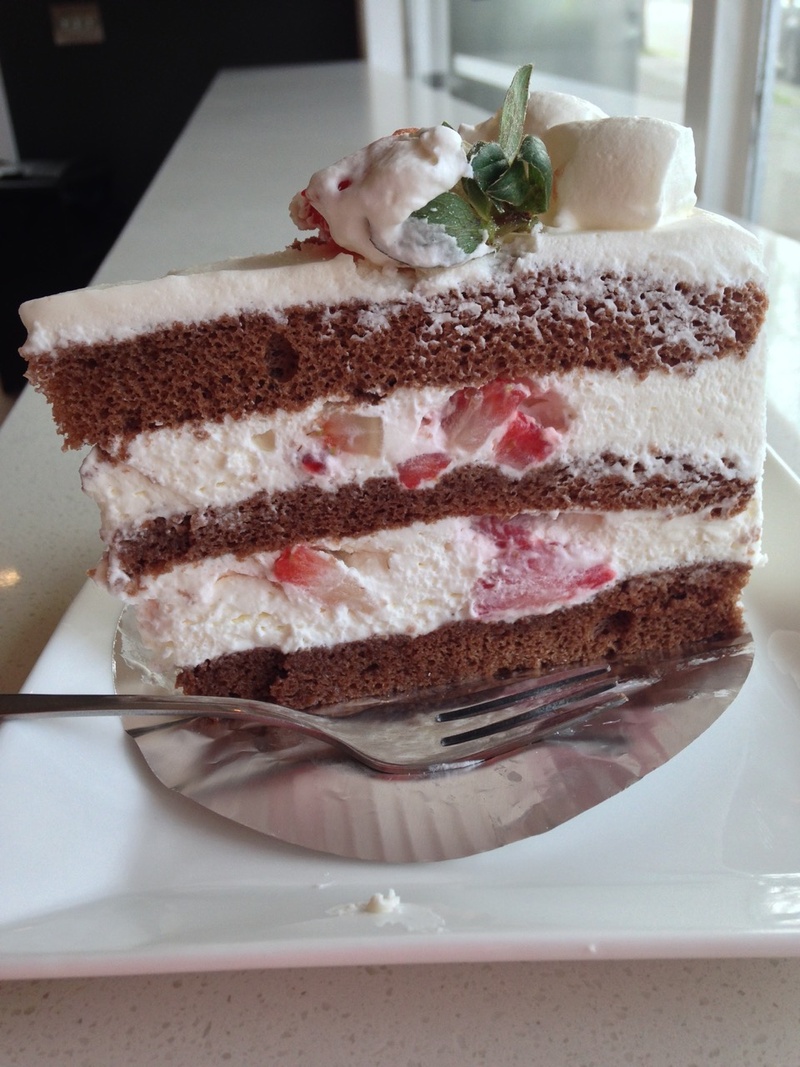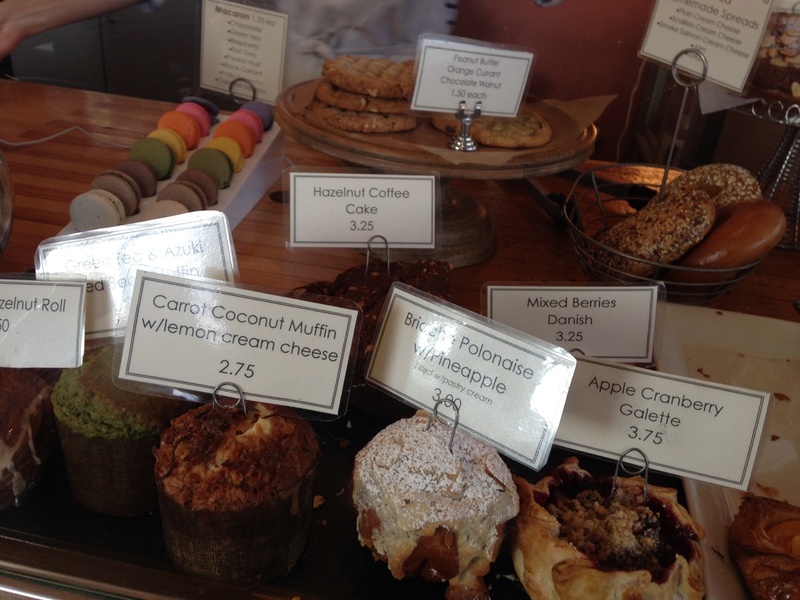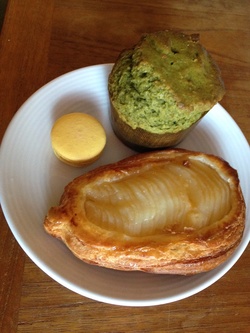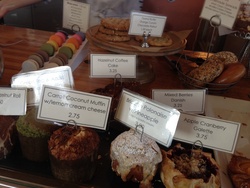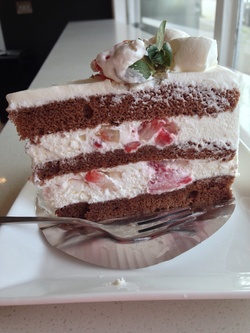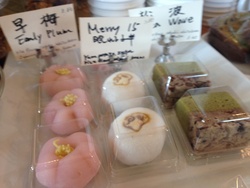There’s something about pastries, the ephemeral pleasure of appreciating something small and sweet, or savory and crunchy. For immigrants, expatriates, and travelers, it can be a bittersweet pleasure to find a taste that evokes the memory of a place; it’s like a taste of both transience and home.
Small wonder that longtime Seattle locals still remember Sagamiya, the Japanese confectionery based in the ID, some thirty years after its closure in the 1970s. “In the day there were only three bakeries we bothered with,” says my friend Omar Willey, who grew up in Beacon Hill, which used to be a predominantly Nikkei neighborhood in Seattle. “Brenner Brothers (before they moved), Remo Borracchini, and Sagamiya. Mochigashi was awesome, and the matcha-flavored tea cakes.” After Sagamiya closed, it seemed that one of the few places to obtain fresh Japanese pastries was at Uwajimaya, the pan-Asian supermarket in the International District.
However, there are a wealth of establishments to try these days, even in a city which loves its bakeries as much as Seattle.
For the uninitiated, Japanese and Japanese European pastries are usually lighter than traditional European pastries, less buttery, and not as sweet. Some say that in the United States, these are still different from Japanese fusion pastries in Japan, which use different flours, different butters, different yeasts, even different water. Seattle’s delicious offerings range from the more traditionally Japanese wagashi to the “fusion” pastry that Japanese pastry chefs create, using French techniques with Japanese ingredients.
Fresh Flours
Etsuko Minematsu and Keiji Koh opened the first Fresh Flours in the residential neighborhood of Phinney Ridge in 2005, with branches in Ballard and a new branch getting ready to open (as of February 2015) in Beacon Hill. Their bustling Phinney Ridge cafe serves breakfast pastries, salads, and sandwiches, as well as “small treats” like macarons and seasonal manju from Tokara. My oldest daughter and I enjoyed a brightly flavored golden yuzu macaron, as well as a moist green tea muffin with azuki beans scattered inside.
Fuji Bakery
With branches in the Interbay and the International District, Fuji Bakery is known for its curry pan (a bun filled with meat curry, breaded and deep fried), as well as its sweet offerings, including cakes and croissants. A recent visit there was slightly disappointing, as the custard bun was a little too dark and dry. However, the pear croissant, cheese “volcano” roll, and olive sticks (a breadstick filled with olives) were all delicious.
Hiroki Specialty Desserts
Nestled in the Tangletown neighborhood, Hiroki Specialty Desserts provide a wide variety of breads and pastries for such a tiny space: cakes, pies, cookies, muffins, scones, and breads. Followers praise the bakery’s green tea tiramisu, mango cheesecake, and fruit croissants. (Confession: I really love the bakery’s “thick and chewy” chocolate chip cookies.)
Modern/Setsuko Pastry
Setsuko Pastry’s offerings are available around town, including places like the Panama Tea House in the International District, as well as Kozue Japanese Restaurant and Issian Restaurant in Wallingford. However, she has been preparing for the January 2015 opening of Modern (“Modan” in Japanese), a Phinney Ridge cafe specializing in sushi and handmade Japanese pastries. Her black sesame cookies and strawberry mochi have a following. I tried her delicious “strawberry shortcake,” a Japanese chocolate sponge roll cake layered with fresh strawberries and lightly sweetened whipped cream. “I just love to make beautiful pastries,” says baker Setsuko Agata, who also offers pastry and bread-making classes regularly.
Tokara
In Phinney Ridge, at the same intersection with Fresh Flours and Modern, Chef “Tokara-san” practices the art of traditional Kyoto-style wagashi: handcrafted manju and mochi, following the seasons. They are available wholesale, as well as in limited quantities at Fresh Flours as well as the Panama Hotel and a few Japanese restaurants around Seattle (see website for details). They are beautiful and sometimes whimsical as well as tasty. In February 2015, the flavors included “matcha oni,” a small green haystack shaped like an oni (evil monster) head and “ancient camellia,” flavored with cinnamon and topped with a camellia leaf.
Umai Do
After craving manju from Sagamiya and years of apprenticeship (including time at the famed Fugetsu-do in Los Angeles), Art Oki opened his store in 2011, making mochi and manju. Because his is a largely one-man operation, he tends to keep the flavor offerings small, creating flavors such as pumpkin, dark chocolate, coconut, and even Reese’s Peanut Butter cup. His fresh strawberry mochi were a popular dessert at the Japanese American National Museum conference in 2013. In 2014, he closed his International District storefront and plans to relocate in Beacon Hill in early 2015. The store’s Facebook page lists plans to share a kitchen with Hiroshi’s Japanese takeout, at 2515 15th Avenue South.
I should also mention a few other places: Fumie’s Gold in Bellevue, a bakery; UniCone crepes in the Southcenter Mall; and the Japan-based Beard Papa’s inside the Uwajimaya food court. UniCone’s housemade custard is wonderful, and it’s fun to watch the staff at Beard Papa inject different creamy fillings into their cream puffs. I haven’t tried Fumie’s Gold or Tokyo Sweets in University Village, but I’m looking forward to it.
© 2015 Tamiko Nimura


